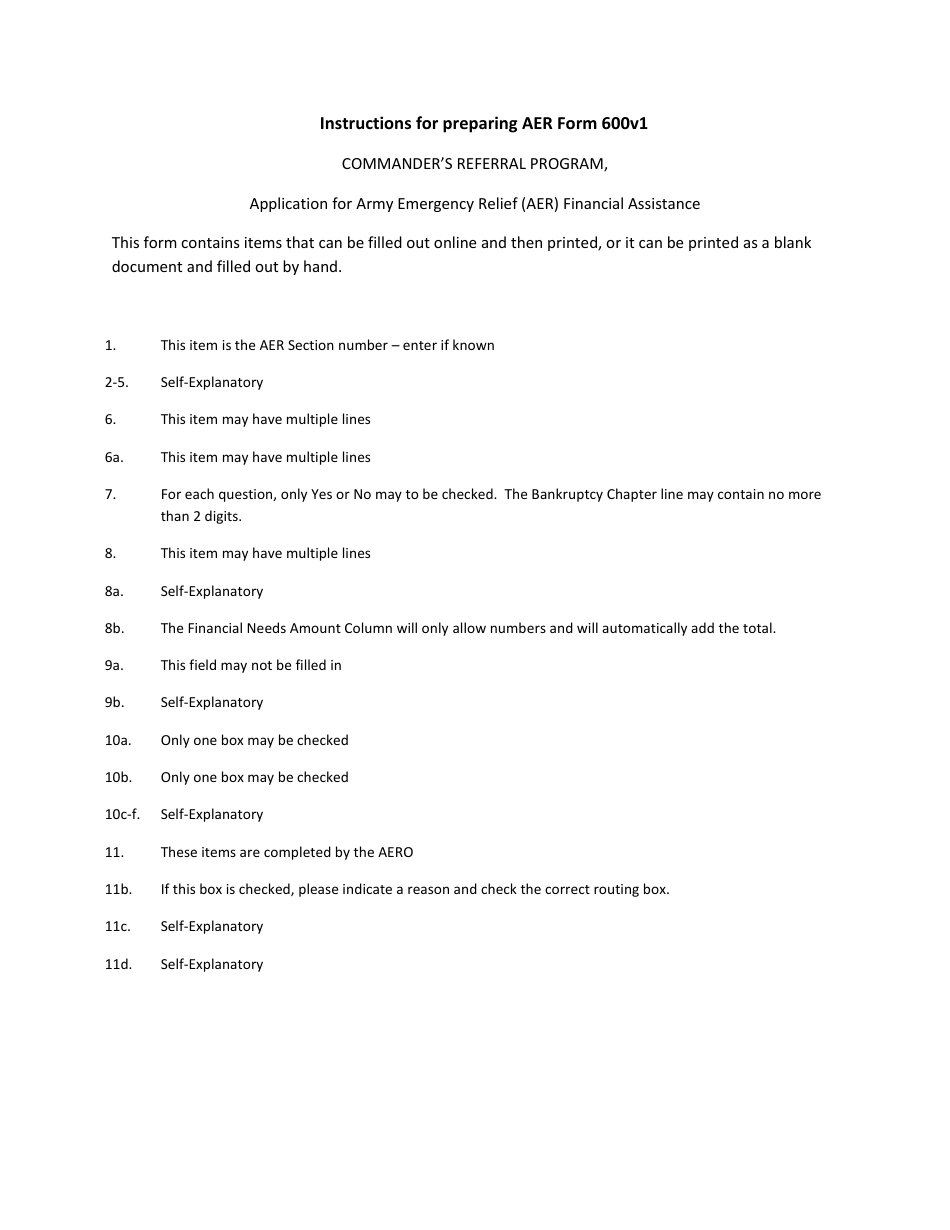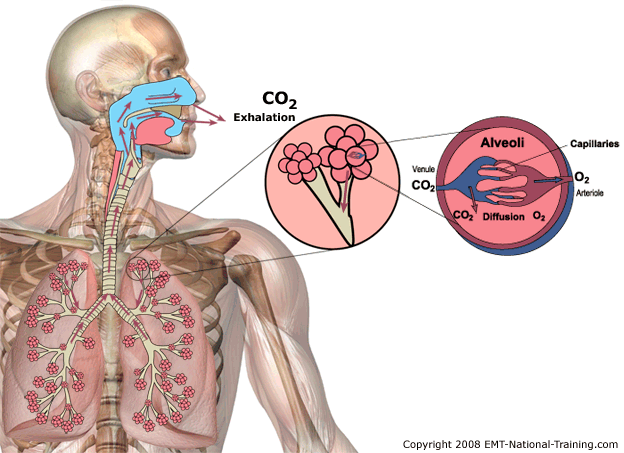

Before buying one, talk to a health care provider and do research. Don't be lured by websites or other sellers offering AEDs not intended for home use.ĪEDs offer a way to save a life. Some AEDs aren't intended for home use, but rather for use by emergency crews or in public places. If your machine starts beeping or you see a light flashing, call the device manufacturer. Home AEDs are designed to test themselves to make sure they're working properly.
#Aer meaning medical install#
Install new batteries as needed, typically every four years. Make sure family, friends and visitors know where it is.

Store your AED in a place that's easy to get to.When you’re ready to be taken off the ventilator, your. Or you may need a breathing tube if your breathing problem is more serious. You may be fitted with a mask to get air from the ventilator into your lungs. Because the AED works only on certain types of cardiac arrest, it's helpful for the people who might need to use the device to know what steps to take if the AED indicates that a shock isn't needed but the person remains unresponsive. Your respiratory therapist and doctor set the ventilator to control how often it pushes air into your lungs and how much air you get.
#Aer meaning medical how to#
The American Red Cross, for example, teaches how to use an automated external defibrillator properly and to perform CPR. Consider enrolling yourself and others who might need to use your home AED in a community education class. Also, check the manufacturer's website from time to time to keep current on information about your device. That way you'll receive safety alerts and recall notices.

The AED is programmed not to deliver a shock if a shock isn't needed. If it is, the machine tells the user to stand back and push a button to deliver the shock. When the pads are in place, the AED automatically measures the person's heart rhythm and determines if a shock is needed. It will tell you how to check for breathing and a pulse and how to position electrode pads on the person's bare chest. The automated external defibrillator gives you step-by-step voice instructions. If you're alone, call 911 or emergency services first to make sure help is on the way. If there are other people present, one person can call 911 while the other prepares the AED.


 0 kommentar(er)
0 kommentar(er)
